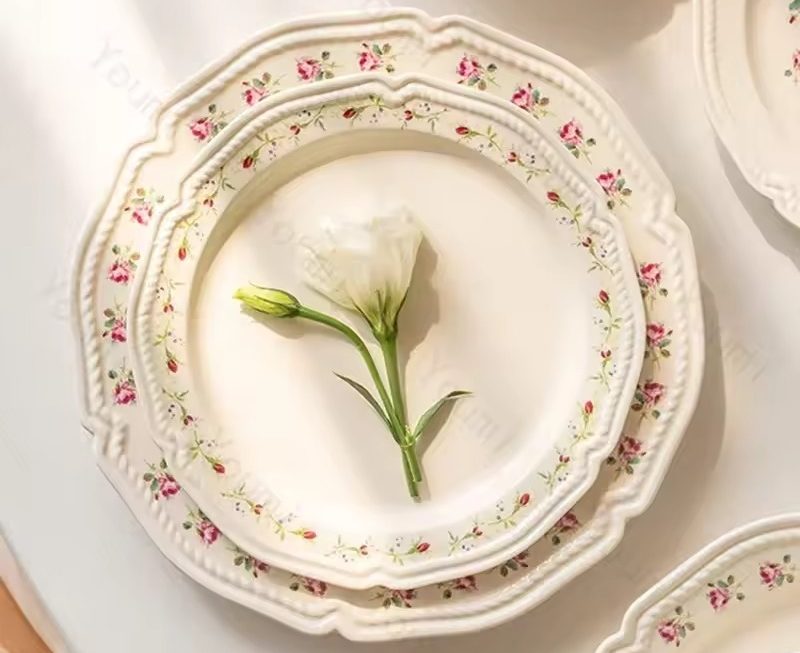 Introduction:
Introduction:
The kitchen sink is a central fixture in our daily lives. It is where we wash dishes, prepare food, and clean various kitchen utensils. It is crucial to keep the sink clean and hygienic to prevent the buildup of bacteria and maintain a healthy environment. In this article, we will provide a step-by-step guide on how to effectively clean your kitchen sink and keep it looking spotless.
Various materials:
Kitchen sinks can be made from various materials, including:
Stainless steel:
Stainless steel sinks are the most common and popular choice. They are durable, easy to clean, and resistant to stains and corrosion. They come in different gauges (thickness) and finishes to suit different preferences.
Cast iron:
Cast iron sinks are made from a heavy-duty iron core coated with a layer of enamel. They are known for their durability and heat resistance. However, they can be prone to chipping and require regular maintenance to prevent the enamel from wearing off.
Composite:
Composite sinks are made from a mixture of natural materials such as quartz, granite, or other stone particles combined with a resin binder. They offer a variety of colors and styles, are durable, and resistant to stains, scratches, and heat.
Fireclay:
Fireclay sinks are made from clay fired at high temperatures, resulting in a durable and heavy-duty sink. They have a smooth, glossy finish and are resistant to stains and scratches. They add a classic and elegant look to the kitchen.
Copper:
Copper sinks are unique and add a warm and rustic touch to the kitchen. They are naturally antimicrobial, durable, and can develop a unique patina over time. However, they require regular maintenance to prevent discoloration and patina from developing unevenly.
Natural stone:
Sinks made from natural stone such as granite, marble, or soapstone offer a luxurious and unique look. They are durable and resistant to heat and scratches. However, they require regular sealing and maintenance to prevent staining and etching.
Acrylic:
Acrylic sinks are lightweight, affordable, and come in a variety of colors and styles. They are easy to clean but can be more prone to scratches and stains compared to other materials.
The choice of kitchen sink material depends on factors such as durability, style, maintenance requirements, and budget. Each material has its own characteristics and advantages, so it’s important to consider your specific needs when selecting a kitchen sink.
 Several types of kitchen sinks available:
Several types of kitchen sinks available:
There are several types of kitchen sinks available:
Top-mount sink: Also known as a drop-in or self-rimming sink, this type of sink is inserted from the top into a pre-cut hole in the countertop. The rim of the sink sits on top of the countertop, making it easy to install.
Undermount sink:
This type of sink is installed underneath the countertop, creating a seamless look with the countertop surface. It requires special installation with the sink being supported by brackets or adhesive.
Farmhouse sink:
Also called an apron-front sink, this type of sink has a large, deep basin with an exposed front panel. It protrudes slightly from the front of the countertop, adding a classic and distinctive look to the kitchen.
Single bowl sink:
This is a sink with a single deep basin, offering ample space for larger dishes and pots.
Double bowl sink:
This sink features two equally sized basins, allowing for multitasking or separating tasks such as washing dishes and preparing food.
Composite sink:
These sinks are made from a combination of natural materials, such as quartz or granite, mixed with a resin binder. They offer durability, resistance to staining, and come in a variety of colors and finishes.
Stainless steel sink:
Stainless steel sinks are popular due to their durability, affordability, and resistance to stains and heat. They are available in various sizes and configurations.
Cast iron sink:
These sinks are made from heavy-duty cast iron coated with enamel. They are known for their durability, heat resistance, and classic appearance.
These are just a few examples of the different types of kitchen sinks available. The choice of sink will depend on factors such as design preferences, functionality, ease of maintenance, and budget.
 Gather Your Cleaning Supplies
Gather Your Cleaning Supplies
Before starting the cleaning process, gather the necessary cleaning supplies to ensure a thorough and efficient clean.
Dish Soap or Mild Cleaner: Choose a gentle dish soap or mild cleaner that is suitable for your sink’s material. Avoid using harsh chemicals that may damage the sink’s surface.
Soft Sponge or Cloth: Select a soft sponge or cloth that will not scratch the sink’s surface.
Baking Soda or Vinegar: These natural cleaners can be used to tackle tougher stains or odors.
Microfiber Towel or Paper Towels: These will be used for drying the sink after cleaning.
Clear and Rinse
Begin by removing any dishes, utensils, or food debris from the sink.
Remove Dishes: Place any dirty dishes, utensils, or food items in the dishwasher or wash them separately.
Rinse the Sink: Use warm water to thoroughly rinse the sink, removing any loose debris or food particles.
Apply Cleaner and Scrub
Once the sink is cleared and rinsed, it is time to apply the cleaner and scrub away stains or grime.
Apply Dish Soap: Squirt a small amount of dish soap onto the sponge or cloth. Alternatively, if you prefer a natural cleaner, sprinkle baking soda across the sink’s surface.
Scrub the Sink: Gently scrub the sink’s surface in circular motions, paying extra attention to areas with stains or residue. For tougher stains or odors, sprinkle baking soda or spray vinegar directly onto the sink and scrub with a sponge or cloth.
Clean the Drain: Use an old toothbrush or a small brush to clean around the drain and remove any buildup of food particles or debris.
 Rinse and Dry
Rinse and Dry
After thoroughly scrubbing the sink, it is essential to rinse away any cleaner residue and dry the sink properly.
Rinse the Sink: Use warm water to rinse away any soap or cleaning solution from the sink’s surface.
Wipe the Surface: Use a microfiber towel or paper towels to dry the sink, wiping away any remaining moisture. Drying the sink after cleaning helps prevent water spots and prevents the growth of bacteria.
Polish and Shine
To ensure that your kitchen sink sparkles and maintains its shine, consider using some additional polishing techniques.
Vinegar Rinse: For stainless steel sinks, a vinegar rinse can help remove any water spots and restore the sink’s shine. Fill a spray bottle with equal parts water and white vinegar, and mist the sink’s surface. Wipe dry with a microfiber towel.
Lemon Juice Polish: For porcelain or ceramic sinks, cut a lemon in half and rub the surface of the sink. The natural acidity of the lemon juice can help remove stains and leave a fresh scent.
Regular Maintenance Tips
To keep your kitchen sink consistently clean, follow these simple maintenance tips:
Wipe After Each Use: After using the sink, give it a quick wipe using a cloth or sponge to remove any residue or spills.
Avoid Harsh Chemicals: Avoid using harsh chemical cleaners that can damage the sink’s surface. Stick to mild dish soaps or natural cleaners to ensure the sink’s longevity.
Regularly Treat Stains: If you notice any stubborn stains or buildup, treat them promptly using baking soda, vinegar, or a specialized sink cleaner.
 Conclusion:
Conclusion:
Cleaning your kitchen sink is a vital part of maintaining a clean and hygienic kitchen. By following the steps outlined in this guide and implementing regular maintenance tips, you can keep your kitchen sink looking spotless and ensure a healthy environment for all your kitchen activities. A clean and well-maintained sink enhances the overall cleanliness of your kitchen and contributes to a pleasant cooking and dining experience.



